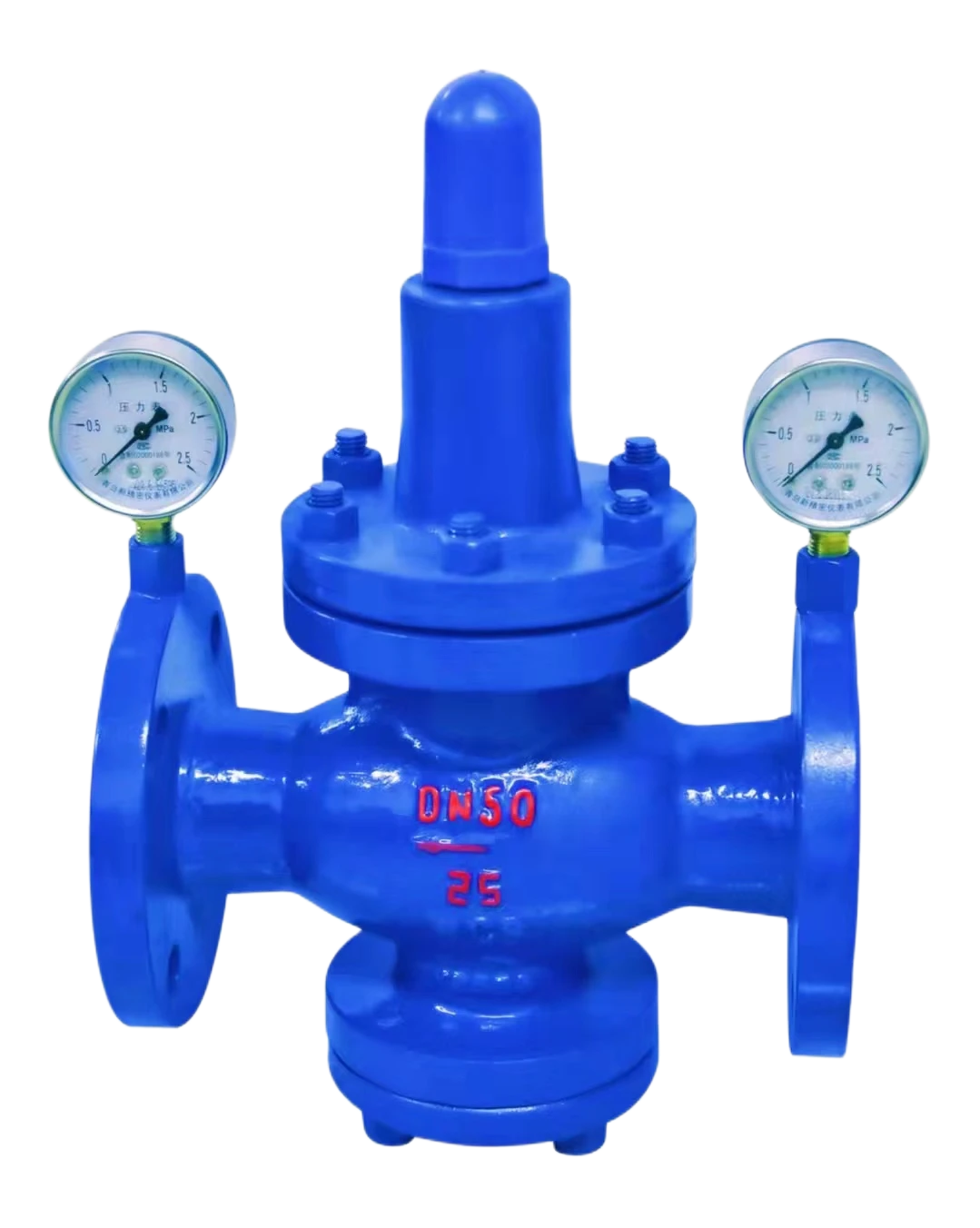Manual Wafer Butterfly Valve DN150
Understanding the Manual Wafer Butterfly Valve DN150
The manual wafer butterfly valve DN150 is widely recognized for its efficiency and reliability within various industrial applications, particularly in fluid control systems. Its design, functionality, and numerous advantages make it an essential component in managing flow within pipelines.
Design and Structure
The DN150 designation indicates that the valve's nominal diameter is 150 millimeters, making it suitable for moderate to large flow applications. The wafer-style design is characterized by a disc that rotates on a shaft, allowing for throttling or complete shut-off of the flow. Unlike other types of valves, the wafer butterfly valve is installed between two flanges, simplifying installation and minimizing space requirements.
The valve typically consists of a few key components the body, disc, seat, and actuator. The body is often made from durable materials such as cast iron, stainless steel, or PVC, which provide robustness and resistance to corrosion. The disc, which is the critical element controlling flow, can also be manufactured from various materials depending on the application's requirements. The valve's seat, designed to provide a tight seal when closed, is essential for preventing leaks.
Manual Operation
The manual operation of the DN150 butterfly valve is achieved through a lever or gear mechanism. Operators can easily open or close the valve by rotating the handle, allowing for quick adjustments to fluid flow. This simplicity is one of the pivotal advantages of manual valves, enabling personnel to manage the system without requiring electricity or complex instrumentation.
manual wafer butterfly valve dn150

Applications
The versatility of the DN150 manual wafer butterfly valve allows it to be used in various fields, including water treatment, chemical processing, HVAC systems, and food and beverage industries. In water treatment plants, for instance, these valves play a crucial role in controlling the flow of water and ensuring that systems operate efficiently. In chemical processing, they are used to manage the flow of corrosive fluids safely.
Advantages
One of the primary benefits of the manual wafer butterfly valve DN150 is its low-pressure drop and efficient flow characteristics. When the valve is fully open, the disc is aligned with the flow path, resulting in minimal turbulence and pressure loss. Additionally, its lightweight and compact design make it easier to handle and install, reducing both labor costs and installation time.
Furthermore, the ease of maintenance is a significant advantage. The simple structure of the valve allows for quick access to components, making routine inspections and repairs straightforward. Operators can replace seals and gaskets without dismantling the entire system, ensuring minimal downtime.
Conclusion
In summary, the manual wafer butterfly valve DN150 is an effective solution for controlling fluid flow in various applications. Its robust design, ease of operation, and maintenance make it a preferred choice among engineers and operators. Whether in water management systems, manufacturing plants, or other industrial settings, this butterfly valve plays a vital role in maintaining efficiency and safety in fluid handling processes. As industries continue to evolve and require improved performance and reliability, the manual wafer butterfly valve DN150 remains a cornerstone in modern fluid control technology.
-
Square Sewer Cover Enhances Urban SafetyNewsAug.01,2025
-
Pipe Fitting Requires Precise AlignmentNewsAug.01,2025
-
Manhole Step Is DurableNewsAug.01,2025
-
Manhole Cover Is Found WorldwideNewsAug.01,2025
-
Hole Cover Frame On RoadsNewsAug.01,2025
-
Gully Grate Improves Road SafetyNewsAug.01,2025
-
Man Hole Cover Round Load CapacityNewsJul.31,2025
